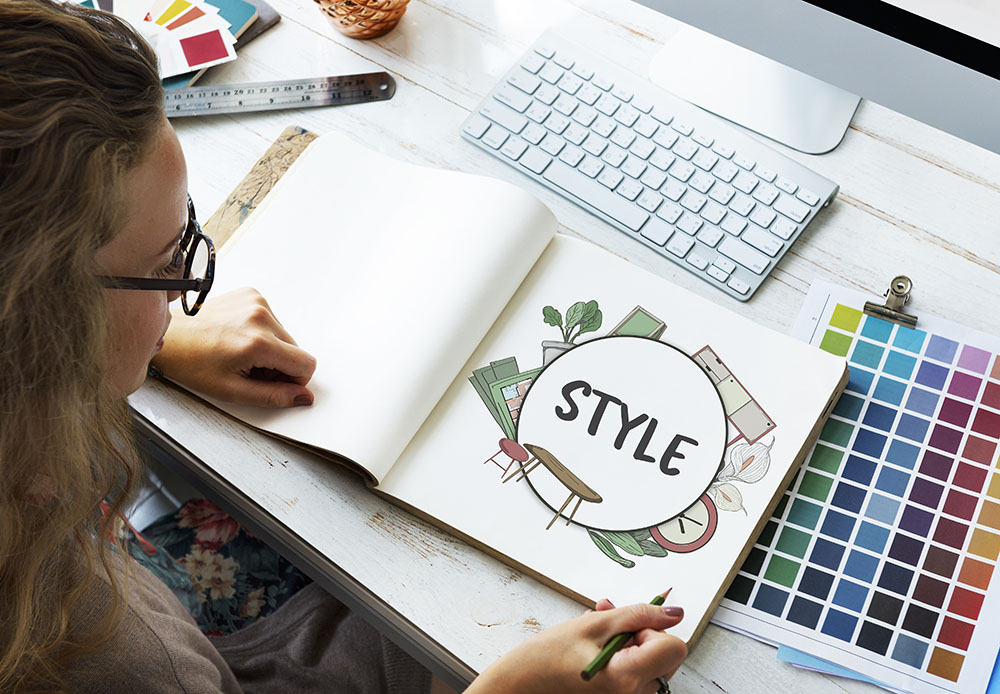Introduction:
Color plays a crucial role in how we perceive and interpret the world around us. In marketing, understanding color psychology can be a powerful tool to evoke emotions, create brand recognition, and influence consumer behavior. By strategically using colors, businesses can establish a strong visual identity and effectively communicate their brand message. In this blog post, we will explore the elements of color psychology and how they can be leveraged to market your brand effectively.
- Red:
The color red is associated with energy, passion, and excitement. It grabs attention and stimulates the senses. It is often used to create a sense of urgency, making it ideal for promotions, clearance sales, or calls to action. Red can also convey power and strength, making it suitable for brands in industries such as sports, technology, and automotive.
- Blue:
Blue is often associated with trust, reliability, and calmness. It evokes a sense of professionalism and competence. Many corporate brands use blue in their logos and marketing materials to convey a sense of security and dependability. Blue is also linked to serenity and relaxation, making it a popular choice for brands in the healthcare and wellness industries.
- Green:
Green represents nature, growth, and freshness. It is associated with harmony, balance, and sustainability. Brands that focus on eco-friendly products or have environmentally conscious values often incorporate green into their branding. Green can also convey a sense of wealth and prosperity, making it suitable for financial institutions or luxury brands.
- Yellow:
Yellow is associated with happiness, optimism, and creativity. It grabs attention and can stimulate feelings of enthusiasm and energy. Brands that want to convey a sense of positivity and playfulness often use yellow in their marketing materials. However, excessive use of yellow can be overwhelming, so it is important to use it judiciously.
- Orange:
Orange combines the energy of red with the cheerfulness of yellow. It is often associated with enthusiasm, vitality, and friendliness. Orange can create a sense of excitement and warmth. It is commonly used by brands to promote creativity, adventure, and fun. It is also a color that can stimulate appetite, making it popular in the food and beverage industry.
- Purple:
Purple is often associated with luxury, creativity, and spirituality. It represents royalty, elegance, and sophistication. Brands that want to convey a sense of prestige and exclusivity often incorporate purple into their branding. Purple can also be associated with imagination and creativity, making it suitable for brands in the artistic and beauty industries.
- Pink:
Pink is often associated with femininity, gentleness, and romance. It is commonly used in marketing to target female audiences or to convey a sense of nurturing and compassion. Pink can also represent youthfulness and innocence, making it suitable for brands targeting children or promoting products related to health and well-being.
Conclusion:
Color psychology is a powerful tool that businesses can use to create a strong visual identity, evoke emotions, and influence consumer behavior. By understanding the associations and meanings behind different colors, brands can strategically select colors that align with their brand values and effectively communicate their message to their target audience. It is important to note that cultural and personal associations with colors may vary, so it is crucial to conduct thorough research and consider the specific context and target market when applying color psychology in marketing your brand.


